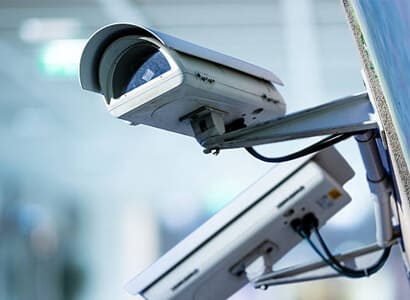
1. Smart Lighting for Reduced Power Consumption
Traditional lighting systems often lead to unnecessary energy consumption. Smart lighting solutions address this issue through automation and intelligent control. By using motion sensors, smart bulbs, and daylight sensors, homeowners can significantly reduce electricity waste.
Motion Sensors & Scheduling: Many smart homes integrate motion sensors to automatically switch off lights when a room is unoccupied. Additionally, scheduling features allow users to program lights to turn on or off at specific times, ensuring that energy is not wasted.
Dimmable LED Smart Bulbs: LED bulbs already consume less energy than incandescent ones, but smart LED bulbs go a step further. They allow users to adjust brightness levels as needed, reducing power usage when full brightness is unnecessary.
Remote Control & Automation: Smart lighting systems can be controlled remotely via mobile apps. This means you can turn off forgotten lights while away from home, eliminating unnecessary energy waste.
Daylight Sensors: These sensors adjust indoor lighting based on the amount of natural daylight available. When sunlight is sufficient, the system dims or turns off artificial lights to save power.
